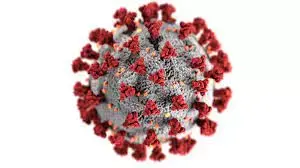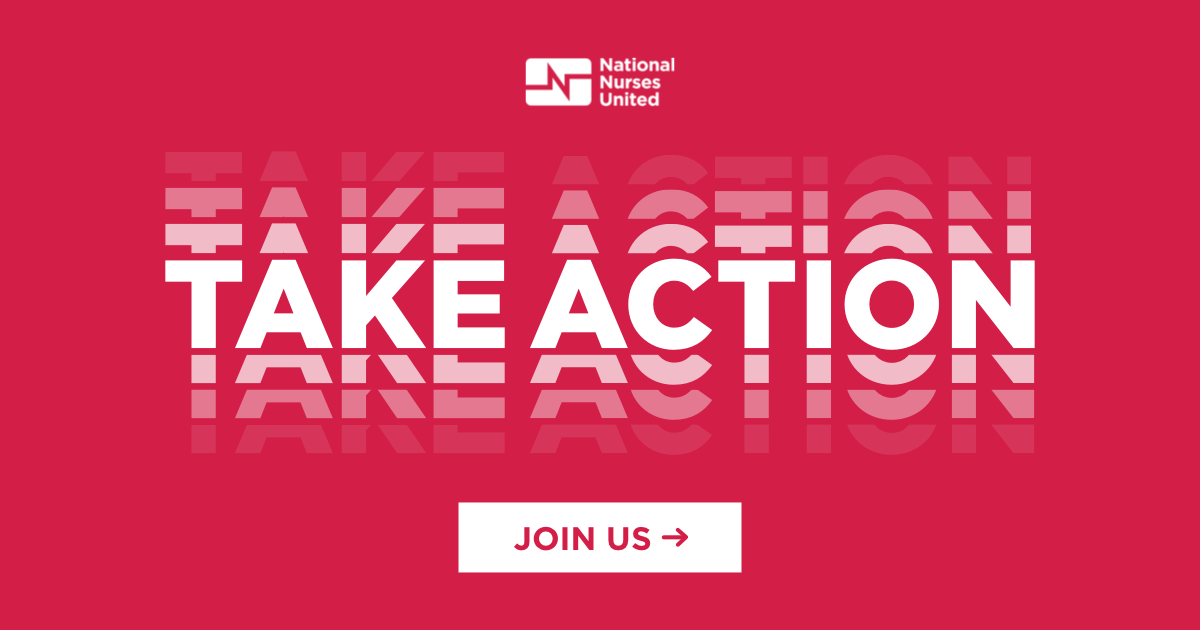Dear Members and Staff of the Healthcare Infection Control Practices Advisory Committee (HICPAC):
We, the undersigned individuals and organizations, recognize the pivotal role you play in setting guidance that shapes infection control and prevention practices in hospitals, nursing homes, and other health care settings across the nation and around the world.
We urge HICPAC and the CDC to ensure the following elements are upheld in updates to infection control guidance in health care settings:
1. Fully recognize aerosol transmission of SARS-CoV-2 and other respiratory pathogens.
HICPAC and the CDC should ensure that updated guidance includes the use of multiple control measures that have been shown to effectively prevent transmission of respiratory pathogens, including SARS-CoV-2 and others, including:
• Ventilation to remove aerosolized viral particles and other pathogens, including the use of negative pressure isolation and other engineering controls.
• Respiratory and eye protection for health care workers providing care to patients with suspected or confirmed respiratory infections.
• Safe staffing is essential to effective infection control and prevention. Updated CDC/HICPAC guidance must recognize this and must not make allowances for health care employers to circumvent measures necessary to protect worker and patient health due to staffing concerns.
2. Maintain and strengthen respiratory protection and other protections for health care workers caring for patients with suspected or confirmed respiratory infections.
N95 filtering facepiece respirators represent the minimum level of respiratory protection available and are essential to protecting health care workers from respiratory infections. HICPAC and CDC should clearly and explicitly incorporate elastomeric and powered air-purifying respirators (PAPRs) into any updated guidance on health care infection control. PAPRs and elastomeric respirators can provide a higher level and more reliable protection than N95s, be more comfortable to wear, and more cost-effective for employers to implement.
3. The CDC must maintain an approach in any updated infection control guidance that is clear and explicit on the precautions that are needed in situations where infectious pathogens are present or may be present in health care settings; don’t adopt a crisis standards approach.
4. CDC and HICPAC should engage with stakeholders, including direct care health care workers, their unions, patients, and community members to provide them with the ability to review and provide essential input into guidance updates.
We are concerned about the lack of transparency in your process to update the CDC’s guidance document, Isolation Precautions: Preventing Transmission of Infectious Agents in Healthcare Settings (last updated in 2007). Changes to this guidance will impact health care workers, patients, and communities in every state, but you have no clear mechanism to garner input from those health care workers, their unions, or patients and community members before the updates are finalized.

